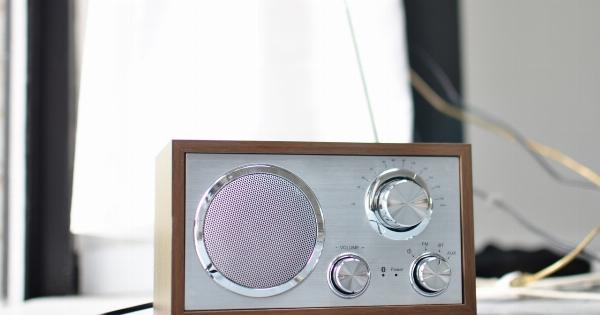Humans are social beings and social rejection can cause a range of physical, emotional, and psychological responses. Social rejection is the act of being excluded, criticized, or ignored by others, and it can be extremely difficult to deal with.
Research has shown that social rejection can lead to physical responses such as changes in heart rate, increased stress levels, and changes in brain activity.
What Happens in the Brain During Social Rejection?
When a person experiences social rejection, the emotional and psychological response can activate the brain’s pain centers.
Studies using fMRI have shown that social rejection can activate the same regions of the brain that are activated when a person experiences physical pain. In fact, the brain processes social rejection in the same way that it processes physical pain.
The anterior cingulate cortex (ACC) is a region of the brain that is involved in both physical and emotional pain processing. Studies have shown that social rejection activates the ACC, which can lead to feelings of distress, anxiety, and sadness.
Physical Responses to Social Rejection
In addition to the brain’s response to social rejection, there are several physical responses that can occur. These responses are often the result of increased stress levels and changes in the body’s adrenaline and cortisol levels.
Some of the physical responses to social rejection can include:.
1. Increased Heart Rate
Social rejection can lead to an increase in heart rate. This is because the body’s natural response to stress is to prepare for “fight or flight”.
The increase in heart rate is the body’s way of getting ready to deal with a potential threat.
2. Changes in Blood Pressure
Social rejection can also lead to changes in blood pressure. This is because the body’s natural response to stress is to increase blood flow to the muscles and brain.
This can cause a temporary increase in blood pressure, which can lead to cardiovascular problems over time if left unchecked.
3. Changes in Breathing
Social rejection can also cause changes in breathing. This is because the body’s natural response to stress is to increase oxygen intake in order to prepare for “fight or flight”.
This can lead to shallow, rapid breathing, which can cause feelings of anxiety or panic.
4. Increased Levels of Cortisol
Social rejection can also lead to increased levels of cortisol. Cortisol is a stress hormone that is released by the adrenal gland in response to stress.
Increased levels of cortisol can lead to a range of physical symptoms such as headaches, fatigue, and weight gain.
Overcoming Social Rejection
While social rejection can be difficult to deal with, there are things that can be done to overcome it. One of the best ways to overcome social rejection is to build a support network of friends and family.
This can help to provide a sense of belonging and reduce the feeling of isolation that often accompanies social rejection.
Another way to overcome social rejection is to practice self-care. This can include things like exercise, meditation, or engaging in activities that bring joy and happiness.
Practicing self-care can help to reduce stress levels and improve overall well-being.
Conclusion
Social rejection can lead to physical responses such as changes in heart rate, increased stress levels, and changes in brain activity.
These responses are often the result of increased stress levels and changes in the body’s adrenaline and cortisol levels. While social rejection can be difficult to deal with, there are things that can be done to overcome it.
Building a support network and practicing self-care can help to reduce the physical and emotional responses to social rejection and improve overall well-being.






























